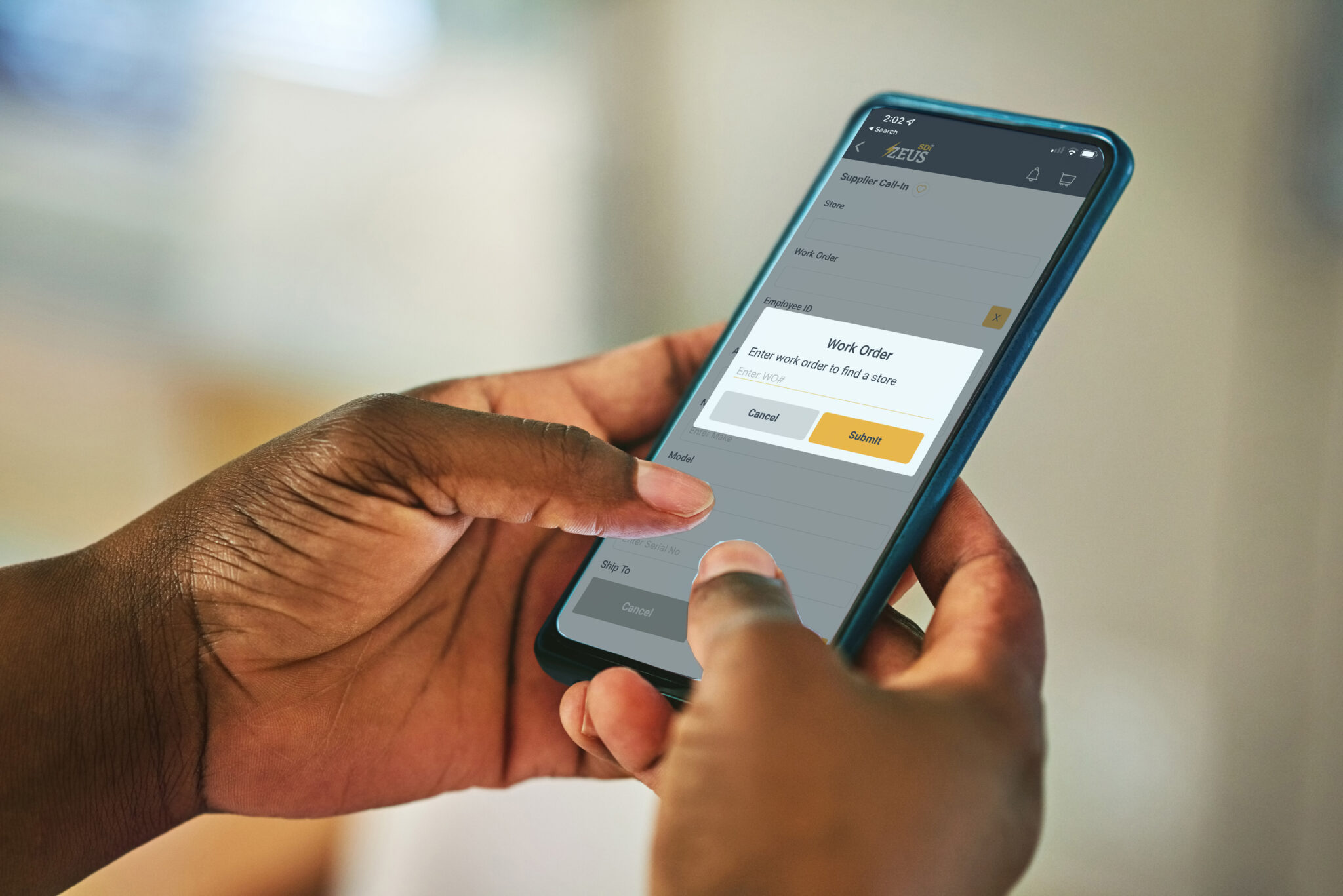The 2019 3PL Study by Infosys, Korn Ferry, Penske, and Penn State, was released in conjunction with The Council of Supply Chain Management Professionals’ annual conference. In addition to various other topics, the study took a look beyond last mile logistics at what Penn State is calling the “Last Yard.” Jim Owens, SDI’s SVP of Business Development, is the Chairperson of the Corporate Advisory Board for Penn State’s Center for Supply Chain Research and a contributing author on the recent report focusing on Last Yard logistics, exploring the challenges and emerging practices that impact sellers, buyers, and third-party logistics providers (3PL).
Last mile delivery is used in logistics and supply chain management in reference to the final leg of the delivery process, from the distribution center to the final customer destination. With the shift in many manufacturing and facilities’ environments towards digital supply chains, customers in the B2B world are demanding a B2C experience similar to what they receive from Amazon and Google:
- Instant gratification
- Extreme transparency
- Complete satisfaction
More and more, procurement and maintenance teams are turning to leveraging the digital ecosystem for extra value in their MRO and indirect supply chains. In the B2B world, that means taking that visibility into the supply chain and moving beyond central receiving within the manufacturing plant (or the office mailroom). The last yard follows the product all the way to the point of use – at the assembly line where the maintenance tech needs it to complete the work order.
The last yard extends beyond last mile logistics to integrate critical products, parts, and services to seamlessly and efficiently manage operations, facilities, breakrooms, and storerooms. Leveraging the digital ecosystem in combination with a dynamic platform like ZEUS, B2B customers’ need for ease of ordering, transparency, and speed can be fulfilled with additional value such as site storeroom services, inventory management, and controls to extend the supply chain from the receiving door to the operations floor. This last yard provides organizations with visibility into unmanaged purchases, reduces transaction costs, and shortens the distance between the point of purchase and point of use.
Key Trends Driving the Change in Last Mile Logistics
The Third-Party Logistics study identified 5 key areas driving last yard logistics, all of which are generally a result of the increase in eCommerce:
- Snail mail is declining while package volume continues to rise
- Significant increases in seasonal shipments
- Increase in personal packages shipped to businesses
- Increase in value and the critical nature of shipments
- Growth in food/grocery deliveries or time sensitive materials
Last Yard logistics to get packages to their point of use has its challenges and can be limited by storage capacity constraints or mail centers that are not equipped to provide proper receiving and storage accommodations. Shippers, 3PLs, and eCommerce service providers can offer potential solutions to eliminate or at least reduce the issues with last yard delivery.
- Shippers and eCommerce service providers are improving their processes to ensure complete end-to-end transparency includes the transfer to the point of use
- 3PLs and other start-ups are investing in technology that provides highly automated fulfillment and deliveries for multi-clients
- Hand-delivery model provides on-site staff to receive and put away packages until recipients can pick up
- Self-serve model eliminates the need for on-site staff and packages are dropped off in secure parcel lockers for recipients to retrieve
Shippers and 3PLs both recognize the need for capable, last yard logistics to extend beyond last mile logistics for their customers. The study finds that 75% of shippers and 83% of 3PLs agree that as 3PLs become more involved in last yard services, they will evolve into 4PLs. This logical evolution is further evidence that as supply chains become increasingly global, the need to evolve to a digital supply chain that leverages both technology and an ecosystem of partners, will become more critical.
To read the Last Yard research report prepared by Penn State’s Center for Supply Chain Research in conjunction with SDI or to learn how SDI can help you leverage a digital supply chain, please contact us today.



